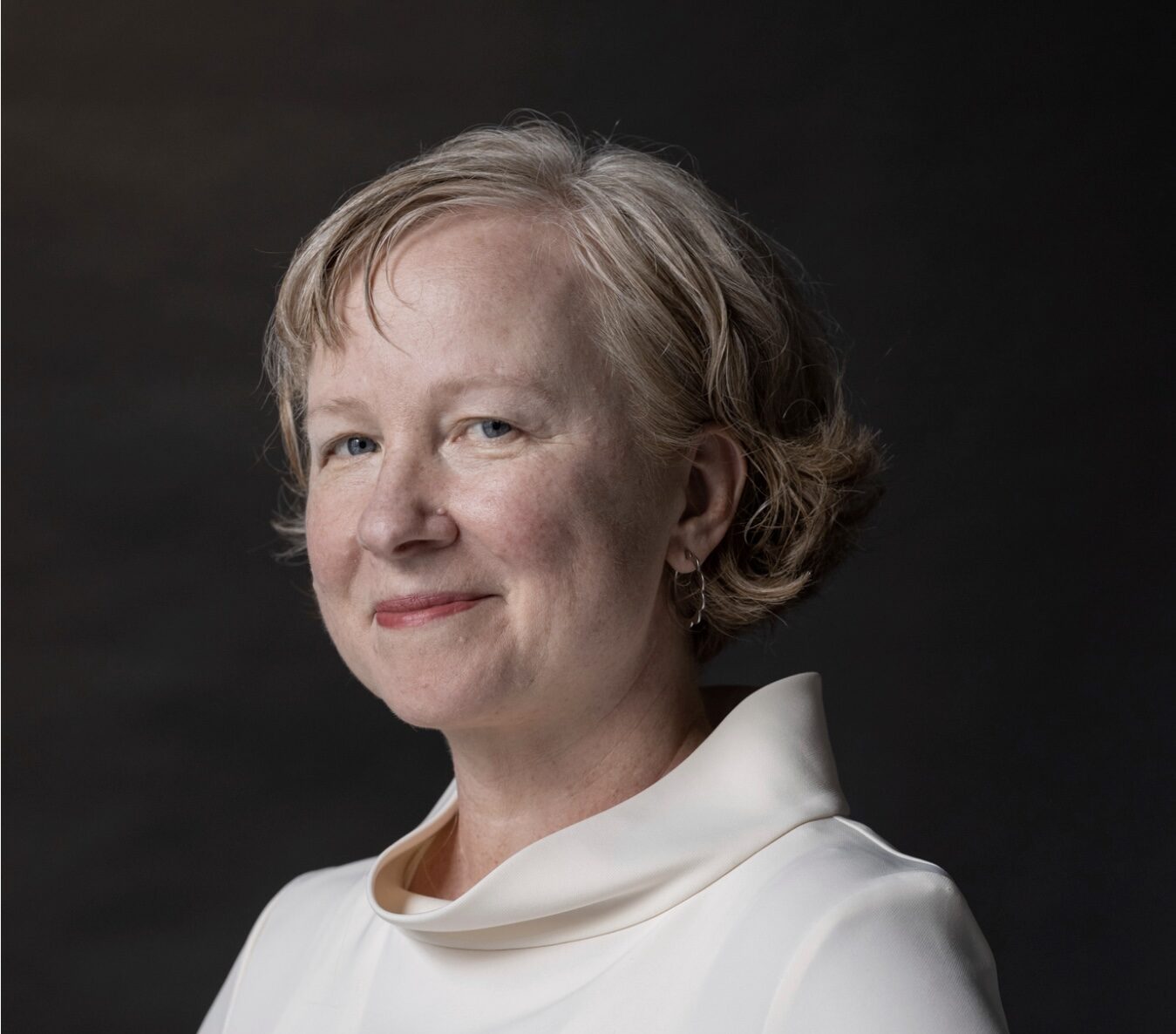Within five miles of each other in Abu Dhabi are The Louvre Abu Dhabi, the Guggenheim, New York University Abu Dhabi’s Art Gallery and Warehouse 421. This cluster of galleries draws on the global identities and cultures which converge in the capital of the Emirates.
The NYUAD Gallery is known for showcasing topical and distinctive exhibitions, ranging from the 20th century modern art movement across the Arabian Peninsula to a series of sculptures inspired by the study of UAE landscapes. The gallery has become a space both for artists to experiment through the production of non-commercial work, and for future museum curators to be trained.
For the last 13 years, Chief Curator Maya Allison has prioritized creating exhibitions that enable people who live in the Gulf to see their own experiences through the lens of artistic practice. The latest exhibit, Between the Tides: A Gulf Quinquennial, features 21 artists and collectives from the region including the UAE, Oman, Qatar and Kuwait.
Since beginning her career in 2005 at Brown University’s gallery and later moving to the Rhode Island School of Design Museum, Allison has been interested in artistic expression born outside of the mainstream art scene.
From her office, adorned with books from floor-to-ceiling, Allison shared how her career has evolved from surveying the underground culture in Providence to curating exhibits that explore the complexity of identity in Abu Dhabi.
Q. As the founding curator, what was your vision for this new gallery when you moved here?
A. I was thinking about- what role do we play in a scene that does not exist yet? But, it does exist. We are serving not just the local community, but the international one. That led to this program where we mix exhibitions that look at regional histories and questions that are being studied here by artists, and alternate those with internationally focused questions such as more thematically based shows or solo projects.
Q. What story are you trying to tell through your exhibitions?
A. I started testing different types of exhibitions, all of which I love, but you have to curate in dialogue with your audience. Exhibitions can help people who live in this region begin to see their own experiences through the lens of artistic practice. I want to surface what is already here, so that people can enjoy the work being made by the artists in their midst.
Q. The current exhibition, Between the Tides: A Gulf Quinquennial, showcases a wide variety of artistic styles from emerging voices to well-known figures, and explores urban growth, environmental change, heritage, identity and representation. How did it come about?
A. One of the things that the gallery does is focus on facing outwards. We wanted to do a survey of contemporary art in The Gulf, but we cannot see everything on our own, so we acknowledge that the artists working in the region are doing incredibly relevant work that will read to anybody who comes in. They are also working on their local heritage from these really fresh perspectives.
Q. Can you explain a few of these works and the role they play?
A. The gauze work [Hazem Harb, 2023 GAUZE شاش series] deals directly with the war, but also with heritage. There is also a piece that deals with Bahraini pottery heritage. Each of these gives you an inside view into somebody’s world, and these worlds are vast and various. What I saw was just how wonderfully complex people’s identities are. The work isn’t necessarily about identity, but it reveals the complexity of identity in this region.
Q. Why do you think it is important to have this space for viewers and artists to investigate these complexities?
A. One of the things that art does especially well is convey things that you cannot say easily. What does it feel like to be you and what does the world look like? An artist I respect, Laurie Anderson, said, “If I could just write a symphony that these birds would enjoy.” That tells me another perspective on the world that is not mine. My hope is that shows like the one we have on view now will open genuine curiosity about the humanity around us.
This piece was edited for space and clarity.
